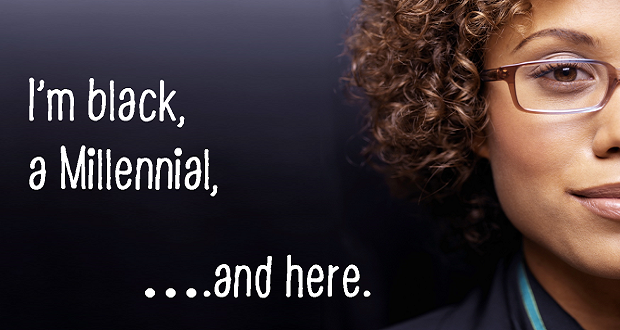
Throughout this series, we’re affirming that “Inclusion is Political.” This means that inclusion requires advocates and leaders to lean in to what we “stand for,” and in some cases, veer away from our comfort zones of neutrality. It means speaking up and out in service of equity, justice, and inclusion. Last week, we explored what this looks like in the context of our families, and how we can begin to engage in dialogue about these topics at the dinner table. We kicked off the series with strategies for leveraging social media—which has certainly become a common phenomenon for activism.
But, what does this look like in the context of the workplace? What does solidarity, and “standing for” inclusion look like within the spaces that we occupy day to day—particularly among people who may be different, have different interests, or perhaps not even care or understand? How can we make strides towards equity and inclusion in our workplaces, even if we do not have formal authority and power?
I don’t believe there is one prescriptive approach to answering these questions, but I offer a spectrum of engagement to consider—one that takes into account organizational culture and factors, one’s own sphere of influence, and level of comfort and willingness to advocate for inclusion & equity in the workplace:
Know the organization’s espoused values and mission. Use this for foundational understanding of what may or may not be realistic. This is critical to making the connection between what the organization believes and stands for and what you believe and stand for. If the organization, has an established commitment to inclusion, the likelihood of identifying even the smallest of “wins” is greater. Consider how the organization has defined inclusion and equity and use that as a means to probe for ways in which you can actively engage in the cause—bearing in mind that engaging in “the cause” may look different in the workplace than in the community. However, it doesn’t make those strides any less significant.
Consider how the organization has defined inclusion and equity and use that as a means to probe for ways in which you can actively engage in the cause—bearing in mind that engaging in “the cause” may look different in the workplace… Share on XIdentify mediums for fostering solidarity. A movement (be it within a company or in the community) isn’t a movement without people behind it. Identify opportunities to foster solidarity and community among other inclusion advocates and champions. Employee Resource Groups (ERGs) can serve as a practical means to do this—they, more often than not, are created to engage employees around a particular dimension of diversity and relevant opportunities to foster inclusion. But, even if your organization does not have ERGs, there’s still opportunity to connect with others who may be interested in moving the needle forward. Part of learning who these people are and where these opportunities exist can be identified through more subtle means—Who is typically leading community-related efforts? Who do you seem to have more in common with outside of work? Who do you feel “safe” enough sharing an authentic response to the oh-so-common water cooler question, “So, what’d you this weekend?” Who is talking about what is going on in the company AND outside the company? Who seems willing to be engaged?
A good example of the aforementioned considerations can be found in the efforts organized by IBM employees last year, when they put values and solidarity in action in response to their CEO’s work with President Trump.
Establish relationships with the appropriate internal channels. Many organizations now have Community Relations and Government Affairs teams who strategically manage partnerships and relationships that extend into political and community spaces. Connect with these groups to understand the ways in which your organization engages in the community. Recommend community organizations or efforts that you believe are aligned with the company’s values. Identify opportunities to volunteer or engage in community-based events. Leverage these relationships to better understand your company’s position on policy decisions and issues.
Do You. Whatever that looks like. Maybe it looks like wearing a pin that affirms your commitment to racial justice. Perhaps its contributing to your company blog on an inclusion issue that matters to you. Suppose it’s placing a poster or photo in your office or at your desk that affirms an aspect of your identity. It might look like sharing more about your involvement with community organizations outside of work with members of your team. It could mean recommending a business owned by a person of color as vendors. It may look like affirming the experience of someone else and being an ally.
Doing ‘the work’ at work doesn’t have to be ‘grand.’ Inasmuch as “Inclusion is Political”… it’s also a journey. That means even, what seem to be, ‘little steps’ count.
Inasmuch as “Inclusion is Political”… it’s also a journey. That means even, what seem to be, ‘little steps’ count. Share on X

















